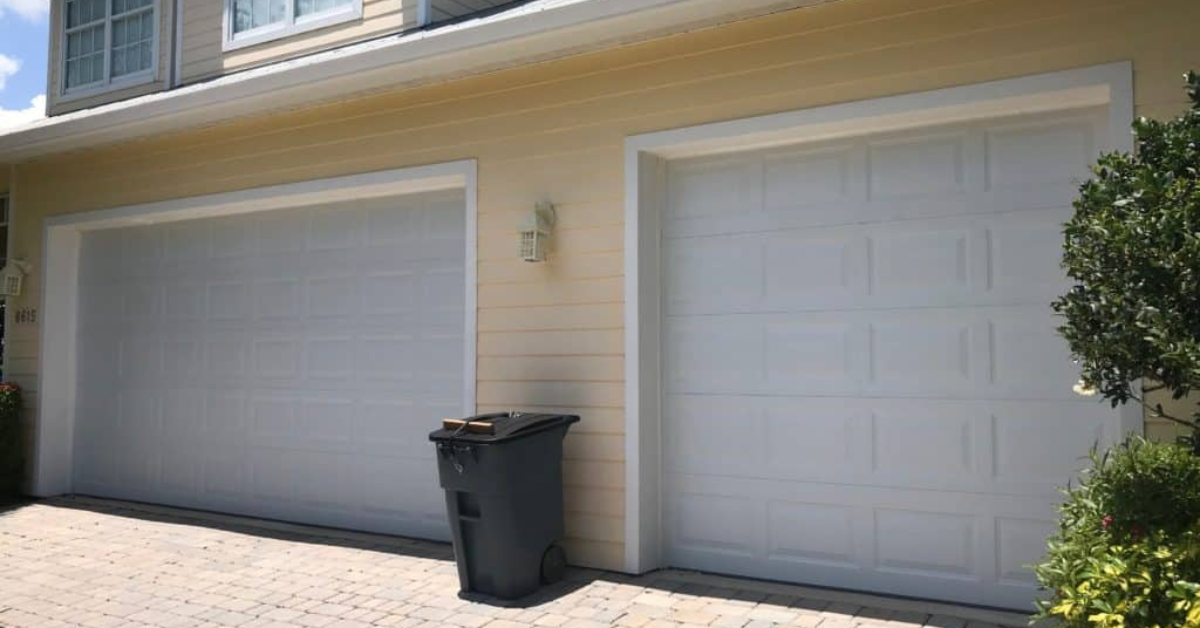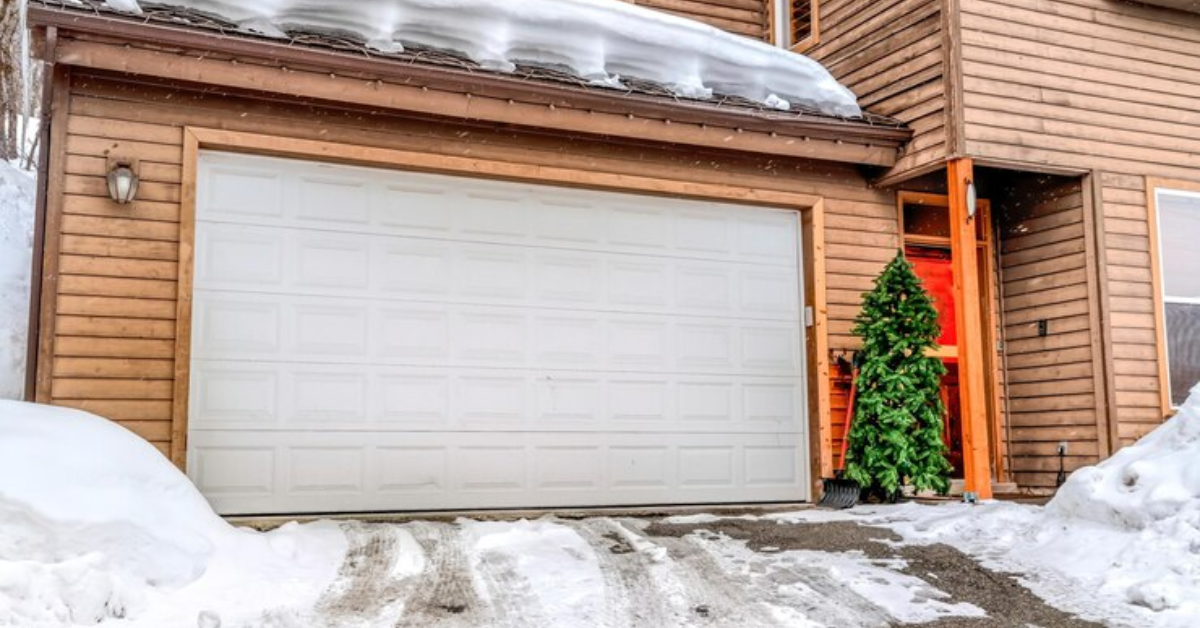How To Replace Martin Garage Door Bottom Seal?
If your Martin garage door’s bottom seal is worn or damaged, it may allow dirt, drafts, and pests to enter your garage. Replacing this seal is an essential part of garage door maintenance that can save you from larger problems, like moisture damage or increased heating costs. The following guide will show you how to replace the bottom seal on your Martin garage door, ensuring a tight and effective seal.
Why Replace Your Martin Garage Door Bottom Seal?
The bottom seal on a garage door helps maintain insulation, protects against debris, and keeps out insects and moisture. Over time, the seal can crack, become brittle, or flatten out, leading to inefficient sealing. This can make your garage more vulnerable to outside elements, driving up your energy bills and potentially damaging items stored inside. By replacing the seal promptly, you can maintain the efficiency of your garage door and extend its lifespan.
Tools and Materials Needed
Before you begin the replacement process, gather the necessary tools and materials to ensure the job goes smoothly:
- New garage door bottom seal (specific to your Martin door model)
- Measuring tape
- Utility knife or scissors
- Pliers
- Soapy water or silicone spray
- Screwdriver (optional, depending on the model)
- Ladder
Step 1: Identify the Type of Bottom Seal
Martin garage doors can use different types of bottom seals, such as a T-style or bulb seal. The T-style has grooves that slide into a track on the bottom of the door, while the bulb seal forms a rounded shape to fill the gap between the door and the floor. Check your garage door to determine the correct type of seal you need, and purchase the replacement accordingly.
Step 2: Remove the Old Seal
The first step in replacing your Martin garage door bottom seal is removing the old, worn-out seal. Follow these steps to do so:
- Raise the Garage Door: Open your garage door slightly, giving yourself enough space to work underneath. Lock the door in place to prevent it from moving while you work.
- Slide or Pry the Old Seal Off: Depending on the type of seal you have, either slide it out from the track or pry it off carefully using a screwdriver or pliers.
- Check the Track: Inspect the bottom of the door for any damage or debris that could prevent the new seal from fitting properly.
Step 3: Measure and Cut the New Seal
To ensure a proper fit, measure the width of your garage door and cut the new seal accordingly. If the new seal is longer than necessary, use a utility knife or sharp scissors to trim it to size. Be sure to leave a little extra length to allow for any adjustments once the seal is installed.
Step 4: Install the New Bottom Seal
With your new seal cut to size, follow these steps to install it onto your Martin garage door:
- Prepare the Track: If your door has a T-style seal, clean the tracks at the bottom of the door with soapy water or silicone spray to make it easier to slide the new seal in place.
- Slide or Press the Seal Into Place: Align the new seal with the track or channel on the bottom of the door. Gently slide or press the seal into place, ensuring that it fits securely along the entire width of the door.
- Adjust and Secure: If the seal seems too long, trim any excess material with your utility knife. Ensure the seal is centered and provides an even barrier between the door and the floor.
Step 5: Test the Garage Door
Once the new bottom seal is in place, test the garage door to ensure proper alignment and functioning:
- Lower the Door: Slowly close the garage door and observe the seal as it meets the floor. Ensure that it forms a tight, even seal across the entire length of the door.
- Check for Gaps: Look for any gaps between the seal and the floor, which could indicate improper installation. Adjust the seal as needed to eliminate these gaps.
Additional Tips for Maintaining Your Garage Door Seal
To keep your new Martin garage door bottom seal in good condition for as long as possible, follow these maintenance tips:
- Inspect Regularly: Check the seal every few months for signs of wear, cracks, or flattening.
- Clean the Seal: Use mild soapy water to clean the seal and remove any dirt or debris that could wear it down over time.
- Lubricate the Track: If your seal uses a sliding track, lubricate it with silicone spray to prevent friction and ensure smooth operation.
Conclusion
Replacing your Martin garage door bottom seal is a simple and effective way to maintain the energy efficiency and protection of your garage. With the right tools and steps, you can replace the seal quickly and easily, preventing drafts, dirt, and pests from entering your space. By following this guide, you’ll be able to keep your garage sealed and secure, ensuring long-lasting performance from your Martin garage door. Remember to regularly inspect and maintain your new seal to extend its life and keep your garage protected from the elements.




